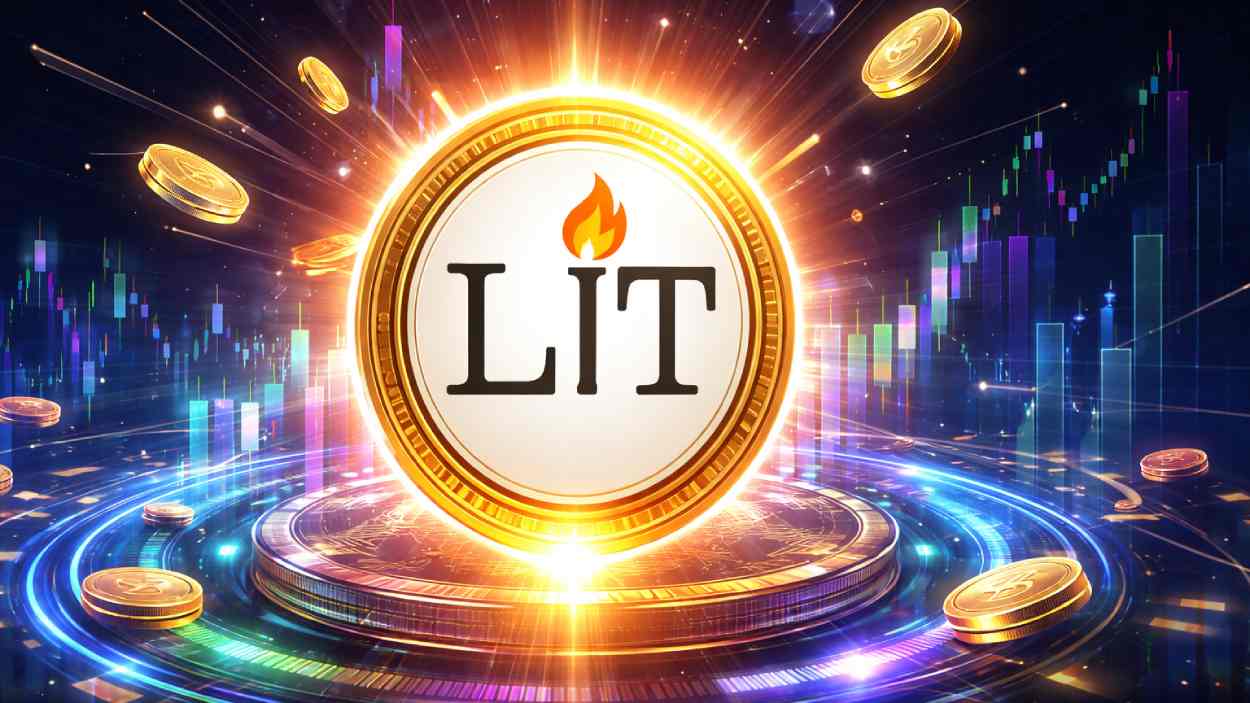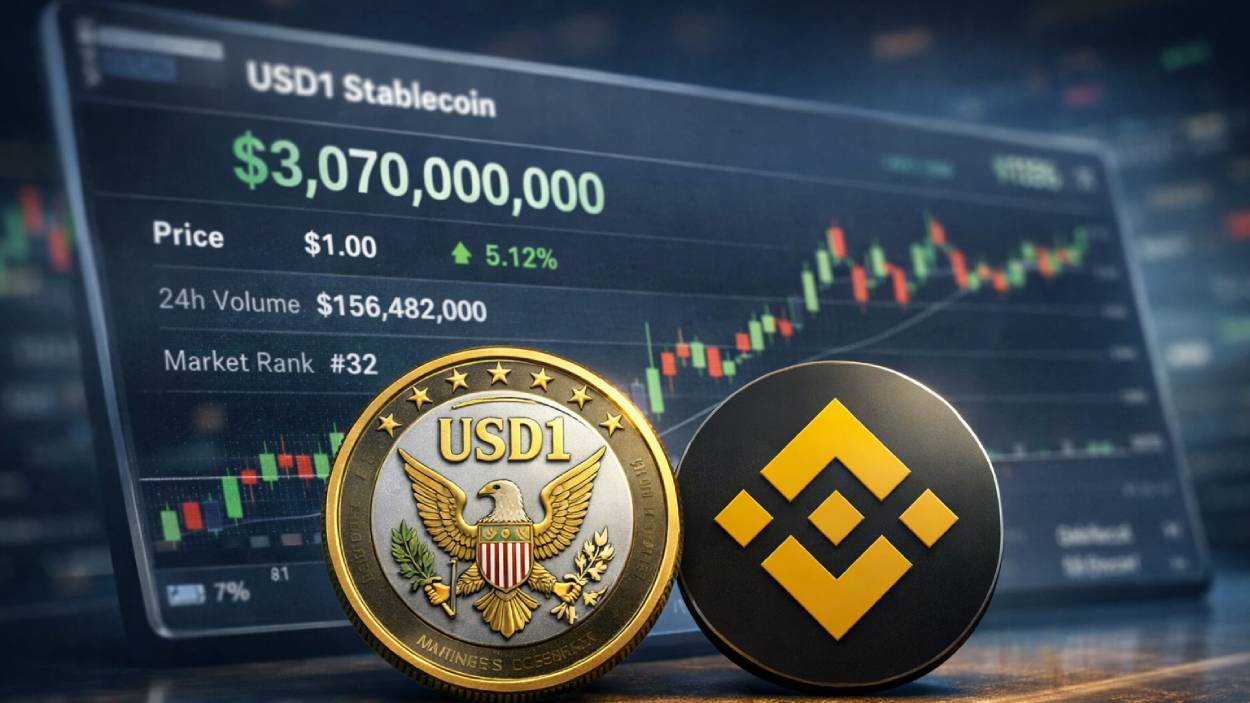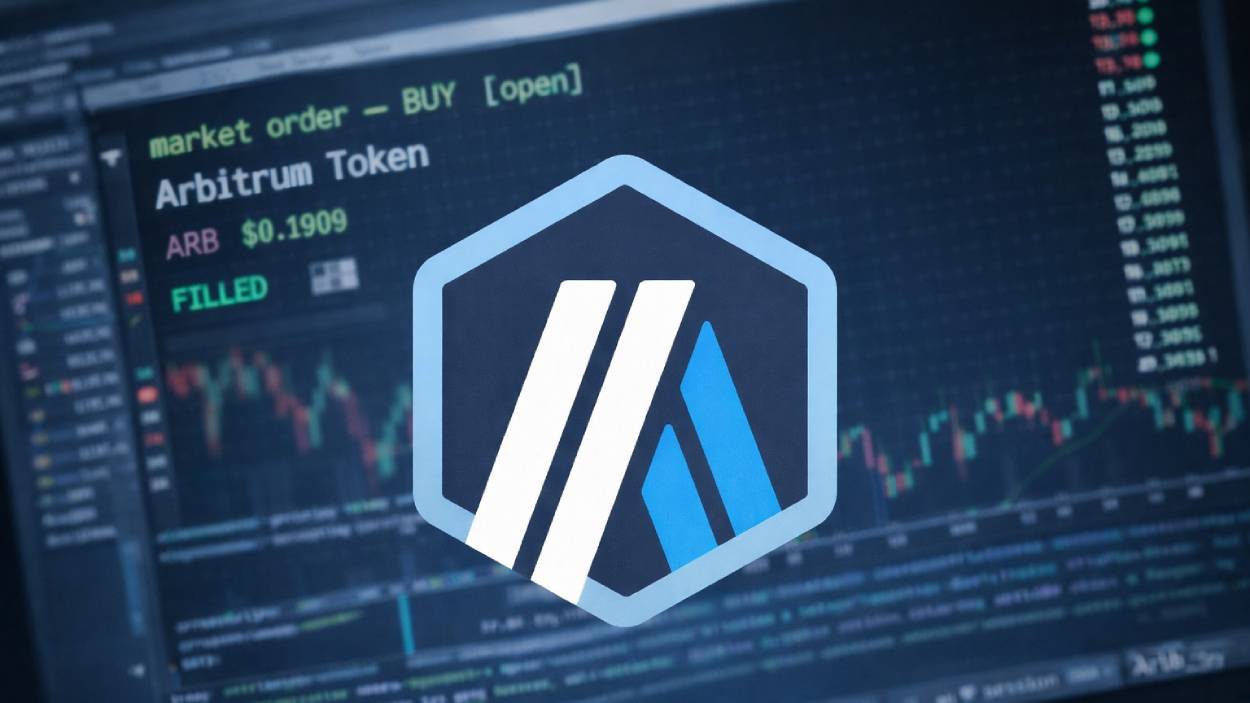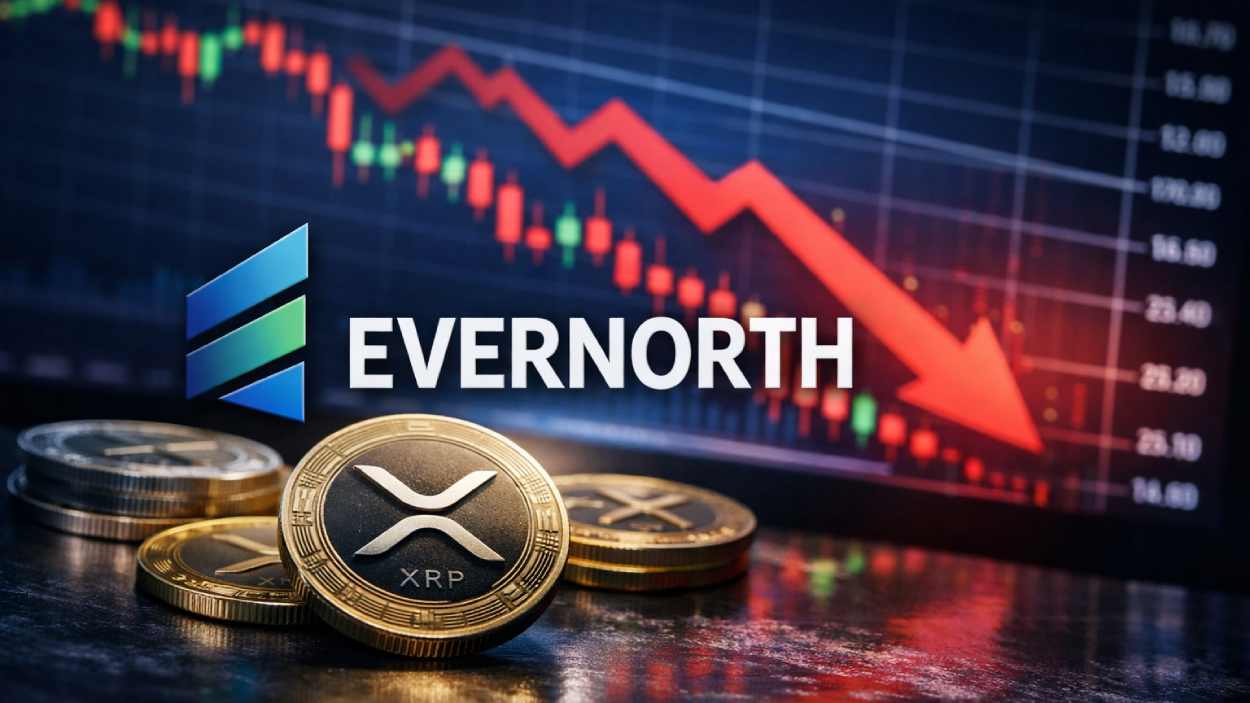South Korea is on the verge of launching its first regulated stablecoins as lawmakers, financial regulators, and major private players rally around a sweeping new bill expected to pass by the end of 2025.
Key Takeaways
- South Korea’s Financial Services Commission (FSC) aims to finalize stablecoin legislation by late 2025, with six proposals under review.
- Disagreements between the FSC and Bank of Korea (BOK) have delayed progress, with both seeking control over regulation and issuance.
- Major banks and tech companies like Samsung, Naver, and Kakao are forming alliances to get ahead of stablecoin adoption.
- Won-pegged stablecoins like KRWX and KRW1 are already in pilot stages, pending regulatory clarity.
What Happened?
South Korea’s government is finalizing a long-awaited bill that will govern the issuance and oversight of won-pegged stablecoins. But the effort has sparked a power struggle between the country’s central bank and financial regulator, even as banks and tech companies scramble to prepare for a coming digital currency wave.
South Korea said it is close to finalizing its long-awaited stablecoin legislation, as the central bank and financial regulator jostle over who should police digital tokens pegged to the won. pic.twitter.com/6hyyqemGAa
— Cryptopolitan (@CPOfficialtx) November 10, 2025
South Korea’s Stablecoin Bill Nears Completion
The Financial Services Commission (FSC) is preparing to submit a comprehensive stablecoin bill by the end of 2025. This bill will consolidate six proposals currently being reviewed by the National Assembly and create a legal framework covering licensing, reserves, and risk management.
The Bank of Korea (BOK), which released a whitepaper on stablecoins in October 2025, argues it should oversee issuance and reserve monitoring due to the potential risks posed by private issuers. It warns that stablecoins could bypass foreign exchange rules, spark capital flight, and introduce exchange rate volatility.
Despite these warnings, the FSC maintains that stablecoins are part of the virtual asset market and should remain under its oversight, including custody and exchange regulation.
Industry experts anticipate a shared responsibility model, where the FSC would handle licensing and trading platforms, while the BOK would oversee reserves and financial stability.
A Growing Demand for Stablecoins
Demand for stablecoins in South Korea is surging, particularly USD-backed tokens like USDT and USDC, which accounted for 56.95 trillion won in trading volume in Q1 2025. This marked a massive rise from 17.06 trillion won in Q3 2024.
Due to local capital controls and high demand, these tokens are priced higher in Korea than in other markets, a phenomenon known as the “kimchi premium.” While first seen during the 2017 Bitcoin boom, the premium now also applies to stablecoins.
President Jae-Myung Lee has voiced support for reducing Korea’s dependency on foreign-backed assets. His administration wants to see domestic firms co-issue won-pegged stablecoins, turning them into tools for innovation and cross-border finance.
Banks and Big Tech Lead the Way
Anticipating the bill’s passage, South Korea’s major banks are partnering with technology giants to fast-track stablecoin development. These partnerships blend regulatory trust with real-world use cases and distribution power.
Here are some of the key moves:
- KB Kookmin Bank has filed 17 trademarks for a “KB KRW” stablecoin and created a dedicated division for development.
- Shinhan Financial Group is piloting stablecoin payments via its delivery platform and testing cross-border payments with Japan and Vietnam.
- Hana Financial Group launched a digital asset task force to guide its strategy.
- Woori Financial Group is working with Samsung Electronics through Samsung Wallet, managing its money and points infrastructure.
These partnerships allow banks to leverage the existing platforms of tech firms like Samsung, Naver, and Kakao, who are deeply integrated into everyday Korean life via services like KakaoPay and NaverPay.
According to industry insiders, this hybrid model will create a uniquely Korean stablecoin system where banks provide regulatory compliance and stability, while tech firms offer scale, integration, and fast adoption.
Early Stablecoin Projects Already in Motion
Even before the law is passed, pilot projects are underway:
- KRWX, developed by blockchain firm IQ AI and Frax Finance, targets cross-border and multi-chain usage. It is still in proof-of-concept and not yet open to Korean residents.
- KRW1, launched by Busan Digital Asset Custody Services, is South Korea’s first officially announced won-backed stablecoin. It is being tested for institutional uses such as international remittances and emergency aid.
CoinLaw’s Takeaway
In my experience following digital asset regulation across Asia, South Korea’s stablecoin race stands out not just for its scale, but for how seriously the government and private sector are treating it. What excites me most is the collaboration between traditional finance and tech giants, which is rare and usually hard to coordinate. The fact that Samsung, Kakao, and banks like Shinhan are all moving in sync shows this isn’t just a speculative buzz. If the bill is passed with clear responsibilities and flexibility, South Korea could set the gold standard for stablecoin regulation in Asia. I found it especially telling that banks are not waiting for permission but preparing infrastructure now. That says everything.
Hover or focus to see the definition of the term.

























































